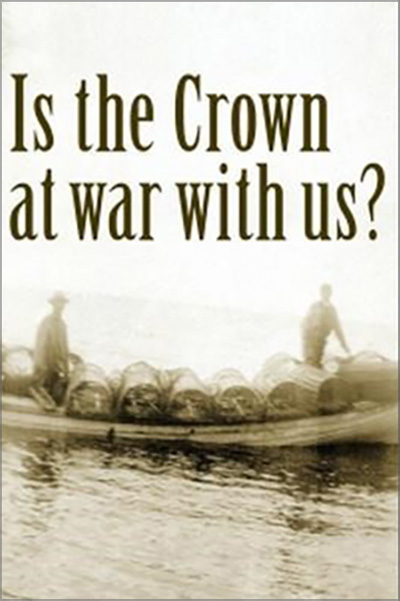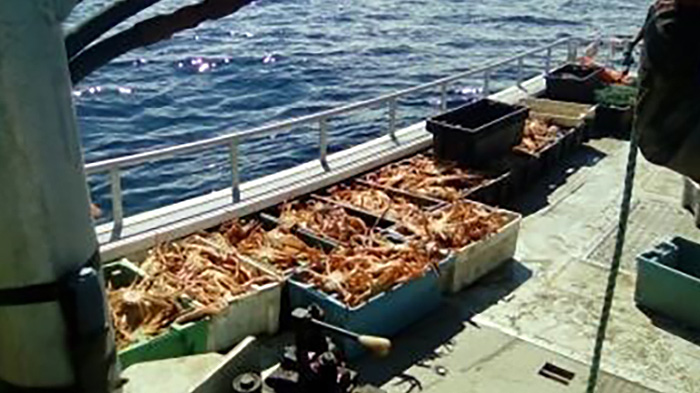Materials required: Projector, Internet connection, whiteboard, logbook
From the teachers’ notes above, introduce the idea of what discrimination, prejudice and guardian are. Have students look up these words in a dictionary (or use the definitions below) and write down their definitions in their notebook.
From the Cambridge Dictionary:
- Discrimination – unfair treatment of a person, racial group or minority or action based on prejudice
- Prejudice – intolerance or dislike for people of a specific, race, religion, etc.
- Guardian – a public, often organized expression of guardianship for the environment
Ask students for examples of these words that they may have observed or experienced, or heard in the news, etc. Ask them to write these examples down next to their definition. Tell the students that what they are about to see in this film has all of these elements in it. Ask them to make a note of them in their notebook when they see them. Describe the NFB film from the description given below.
Please note: The film is too long for students to watch in its entirety; however, the teacher may want to watch it all. We suggest that students watch the first seventeen minutes of the film and stop the film when Brian Bartibogue says: “The sad truth is the government isn’t fighting for conservation – it is fighting for control.” This is just before the interview with lawyer Franklin Gertler. (The actions taken by the Federal Department of Fisheries are extreme.)
Before starting the film, remind the students that the guiding idea behind the treaties is that of peace and friendship between Indigenous nations and the Crown. Have them view the film with this in mind. Once students have finished watching the first part of the film, you can mention how events such as Orange Shirt Day or Treaty Day serve as a reminder that reconciliation is still ongoing. View https://www.youtube.com/watch?v=Ac0v9p996nE and listen to what the former National Chief of the Assembly of First Nations, Perry Bellegarde, has to say about the importance of Orange Shirt Day.

In this feature-length documentary by Alanis Obomsawin, it’s the summer of 2000 and the country watches in disbelief as federal fisheries wage war on the Mi’kmaw fishermen of Esgenoopetitj (Skno’pitijk) (Burnt Church), New Brunswick. Why would officials of the Canadian government attack citizens for exercising rights that had been affirmed by the highest court in the land? Casting her cinematic and intellectual nets into history to provide context, Obomsawin delineates the complex roots of the conflict with passion and clarity, building a persuasive defence of the Mi’kmaw position.
Teacher Note
There is a short write-up of the Donald Marshall case in the background information at the start of this lesson. This case is referred to in the film.
Please note that during the protest scene, coarse language is used.
After viewing the film, make a class circle (perhaps using a Talking Circle), and discuss the film and where the students noticed examples of discrimination, prejudice and the importance of the guardians. (The following link provides a description of the Talking Circle under the tab “Ceremonies”; George Paul begins the description at minute 5′37″; Culture Studies Videos — Wabanaki Collection)
- What was your initial feeling after watching the film?
- Does the section of the film that you watched present the point of view of the Mi’kmaw fishermen and the non-Indigenous fishermen equally?
- List the arguments for why the Mi’kmaq want/need to fish.
- What roles do the Peace and Friendship Treaties of 1752 (see The Covenant of Treaties handout) play in their arguments? Were they followed?
- How could this conflict have been resolved without violence?





